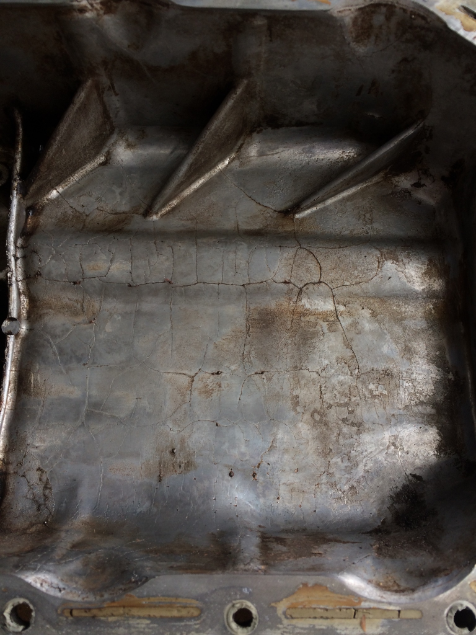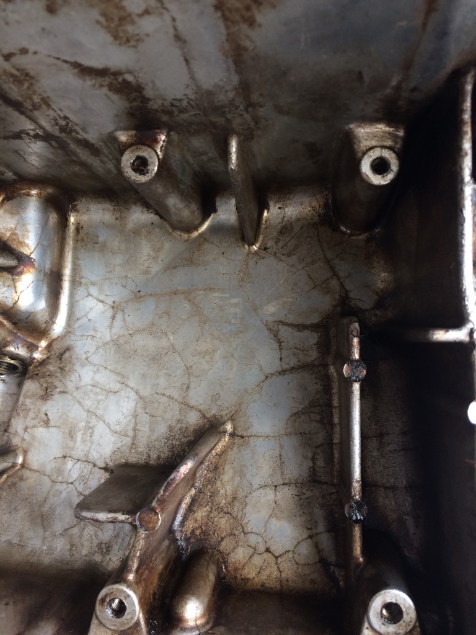Obviously, I need to work on my image posting skills
I think these cracks on the inside of the cast aluminum oil pan, (B-8) are from the original casting process.
I think these cracks on the inside of the cast aluminum oil pan, (B-8) are from the original casting process.



Comment